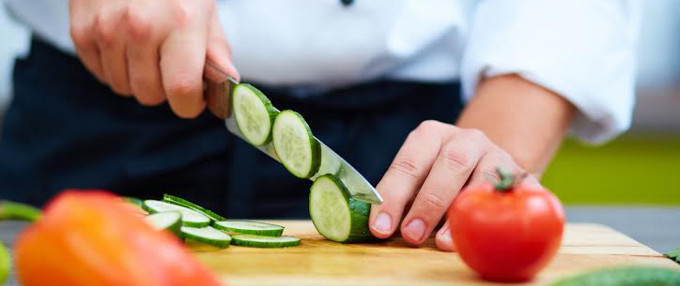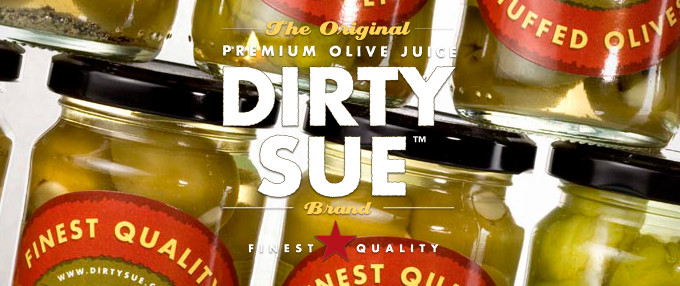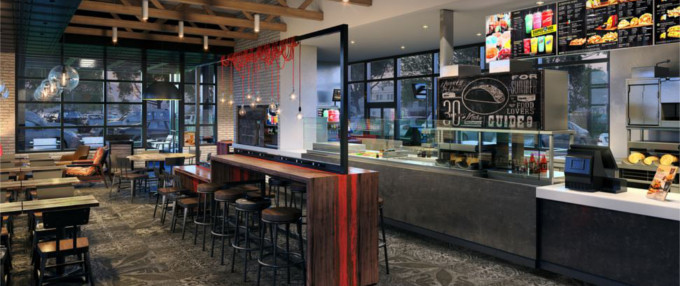How Technology is Helping Chefs and Owners Get a Handle on Food Costs
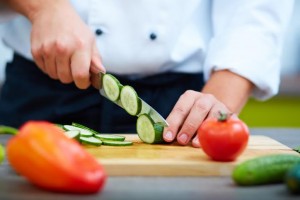 When it comes to reducing food costs, chefs are given a small carrot and a big stick.
When it comes to reducing food costs, chefs are given a small carrot and a big stick.
A chef I know jokes that when she closes her eyes, she sees “32%” as if it were tattooed on the inside of her eyelids. That’s the percentage below which many chefs are supposed to keep food costs. It’s also the figure to which their bonuses are often tied.
Anything that can be measured can be improved. But most available techniques for measuring food cost are themselves so costly that they often fall off the table. Does a chef have time to manually code invoices, input line item prices into a menu-costing tool and then compare prices from multiple vendors? In a world where most orders are still placed by phone to a voicemail and invoices are crinkly sheets of yellow paper, the answer for the majority of chefs is no.
Yet, if the target is not met, the blame falls squarely on the chef. This sets up an inherent tension between the chef and owner. Sadly, culinary academies hardly prepare chefs for these types of business realities of the job, which are far from the glorified food artistry portrayed by celebrity chefs on TV.
One potential solution is for the kitchen to learn from technology companies in the way they scale to streamline operations.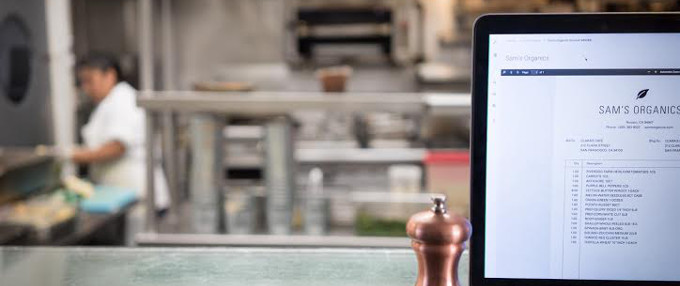
A new breed of restaurant-focused technology products offer actionable insights to keep food costs in check. Tools that were previously only available to large groups with dedicated IT departments, controllers and purchasers are now available to single concept locations within restaurant groups. Technology is getting better at pulling information from both digital and printed invoices.
One very interesting insight from the data analyzed by these products is 20 to 30 products typically comprise the majority of all food spend.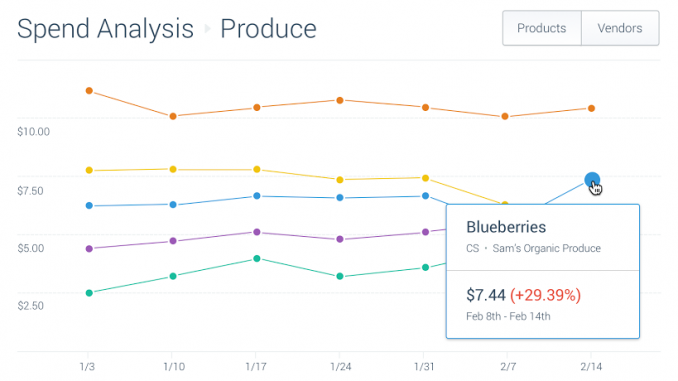
Another feature of these products is the ability to find fluctuations in pricing and rank them by impact. This helps chefs react without needing to change their process. By identifying products that are fluctuating in the market, a chef can focus on substitutions or menu adjustments. And by highlighting prices that are fluctuating against the market or a general rise across a total basket of goods, chefs and owners can know if they’re being taken advantage of by a vendor.
By highlighting the top three insights weekly, these new technology products enable a chef to quickly react in stride and get back to what they do best. This also frees up the rest of the staff to fully focus on providing great food and creating wonderful experiences for their customers.
 Peretz Partensky is a co-founder of Sourcery
Peretz Partensky is a co-founder of Sourcery
His team is helping foodservice businesses automate accounts payable and turn invoices into actionable data so that you spend less time shuffling paper and more time steering the business in the right direction.



